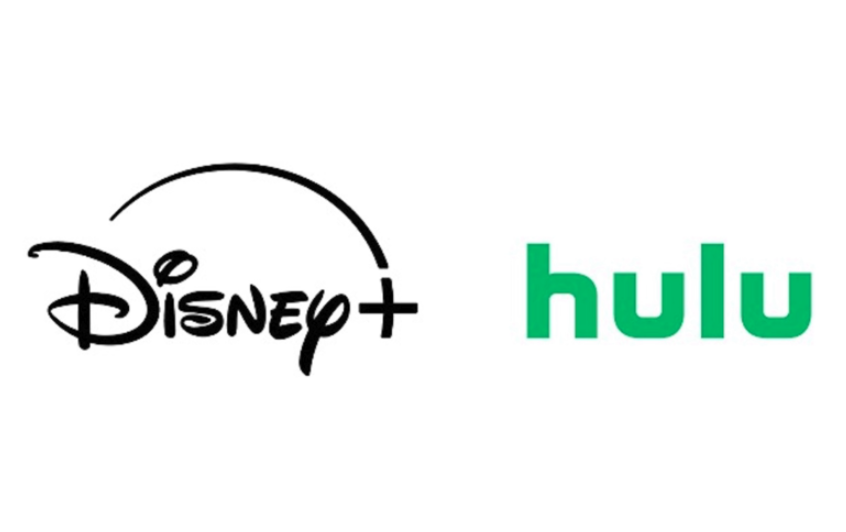The Chinese AI lab DeepSeek has recently gained widespread attention.
This week, DeepSeek’s chatbot app reached the top of the Apple App Store charts and also rose to the top on Google Play. The company’s AI models, which were trained using efficient computing techniques, have led to Wall Street analysts and technologists questioning whether the US can maintain its lead in the AI race and whether the demand for AI chips will be sustained. The models have also prompted concerns about the future of AI spending and the potential impact on the US tech industry.
However, the question remains: where did DeepSeek come from, and how did it achieve international recognition so quickly?
The Origins of DeepSeek
DeepSeek is backed by High-Flyer Capital Management, a Chinese quantitative hedge fund that utilizes AI to inform its trading decisions. AI enthusiast Liang Wenfeng co-founded High-Flyer in 2015. Wenfeng reportedly began experimenting with trading while a student at Zhejiang University and launched High-Flyer Capital Management as a hedge fund in 2019, focusing on developing and deploying AI algorithms.
In 2023, High-Flyer established DeepSeek as a lab dedicated to researching AI tools separate from its financial business. With High-Flyer as one of its investors, the lab spun off into its own company, also called DeepSeek. From its inception, DeepSeek built its own data center clusters for model training. However, like other AI companies in China, DeepSeek has been affected by US export bans on hardware. To train one of its more recent models, the company was forced to use Nvidia H800 chips, a less powerful version of the H100 chip available to US companies.
DeepSeek’s technical team is known to be relatively young. The company reportedly aggressively recruits doctorate AI researchers from top Chinese universities. Additionally, DeepSeek hires individuals without a computer science background to help its technology better understand a wide range of subjects, according to The New York Times.
DeepSeek’s Strong Models
DeepSeek unveiled its first set of models, including DeepSeek Coder, DeepSeek LLM, and DeepSeek Chat, in November 2023. However, it wasn’t until the release of its next-gen DeepSeek-V2 family of models in the spring that the AI industry started to take notice. DeepSeek-V2, a general-purpose text- and image-analyzing system, performed well in various AI benchmarks and was significantly cheaper to run than comparable models at the time.
The release of DeepSeek-V3 in December 2024 further added to DeepSeek’s reputation. According to the company’s internal benchmark testing, DeepSeek V3 outperforms both downloadable, openly available models like Meta’s Llama and “closed” models that can only be accessed through an API, like OpenAI’s GPT-4o.
DeepSeek’s R1 “reasoning” model, released in January, effectively fact-checks itself, helping it avoid common pitfalls that trip up other models. While R1 takes longer to arrive at solutions compared to typical non-reasoning models, it tends to be more reliable in domains such as physics, science, and math.
However, there is a downside to R1, DeepSeek V3, and the company’s other models. As Chinese-developed AI, they are subject to benchmarking by China’s internet regulator to ensure that their responses “embody core socialist values.” In DeepSeek’s chatbot app, for example, R1 won’t answer questions about Tiananmen Square or Taiwan’s autonomy.
By March, DeepSeek had surpassed 16.5 million visits, with the company’s traffic dropping 25% from February. While this is impressive, it still pales in comparison to ChatGPT, which surpassed 500 million weekly active users in March. In May, DeepSeek released an updated version of its R1 reasoning AI model on the developer platform Hugging Face.
A Disruptive Approach
DeepSeek’s business model is not entirely clear. The company prices its products and services well below market value and gives some away for free. Additionally, it is not taking investor money, despite significant interest from venture capitalists.
According to DeepSeek, efficiency breakthroughs have enabled the company to maintain extreme cost competitiveness. However, some experts dispute the figures supplied by the company. Whatever the case may be, developers have taken to DeepSeek’s models, which are available under permissive licenses that allow for commercial use.
DeepSeek’s success against larger and more established rivals has been described as “upending AI” and “over-hyped.” The company’s success was at least partially responsible for causing Nvidia’s stock price to drop by 18% in January and eliciting a public response from OpenAI CEO Sam Altman. In March, US Commerce department bureaus told staffers that DeepSeek will be banned on their government devices.
Microsoft announced that DeepSeek is available on its Azure AI Foundry service, a platform that brings together AI services for enterprises under a single banner. When asked about DeepSeek’s impact on Meta’s AI spending during its first-quarter earnings call, CEO Mark Zuckerberg said spending on AI infrastructure will continue to be a “strategic advantage” for Meta.
OpenAI called DeepSeek “state-subsidized” and “state-controlled” and recommends that the US government consider banning models from DeepSeek. During Nvidia’s fourth-quarter earnings call, CEO Jensen Huang emphasized DeepSeek’s “excellent innovation,” saying that it and other “reasoning” models are great for Nvidia because they require more compute.
At the same time, some companies are banning DeepSeek, and so are entire countries and governments, including South Korea. New York state also banned DeepSeek from being used on government devices. In May, Microsoft vice chairman and president Brad Smith said in a Senate hearing that Microsoft employees are not allowed to use DeepSeek due to data security and propaganda concerns.
As for what DeepSeek’s future might hold, it is not clear. Improved models are a given,! but the US government appears to be growing wary of what it perceives as harmful foreign influence. In March, The Wall Street Journal reported that the US will likely ban DeepSeek on government devices.
This story was originally published on January 28, 2025, and will be updated regularly.
Source Link





